Best tulips: The bulbs to buy now to light up your garden throughout next summer
Charles Quest-Ritson once looked down on tulips, something he deeply regrets. Don't make the same mistake, he says, as he names his favourite tulips of the summer and suggests you look to buy bulbs now.
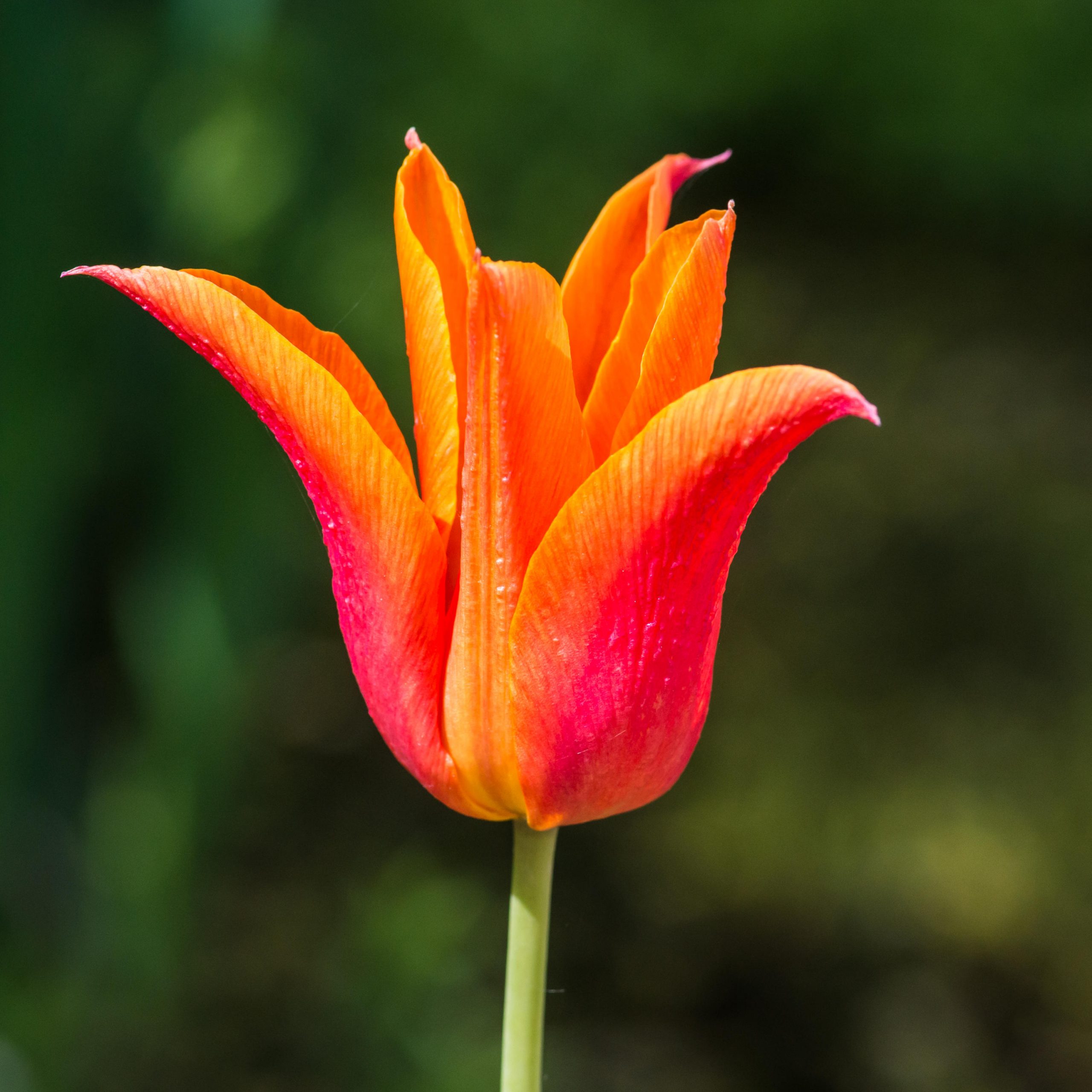
When you purchase through links on our site, we may earn an affiliate commission. Here’s how it works.
In old age, one regrets the snobbery of one’s youth. Tulips, when I was young, were considered not for proper gardeners. The public parks had endless plantings of ‘Queen of the Night’ poking out from a ground-covering of forget-me-nots. That made them a complete no-no. The only tulip a plantsman might be allowed to grow was a species he had collected somewhere in Greece, Turkey or Central Asia.
I was a late convert to planting garden varieties, not least because I thought they were expensive, and especially as they rarely flowered again after their first year. My conversion came at the historic collection at Hortus Bulborum in the Netherlands. I did not realise that there was so much choice — so many colours, sizes, shapes and different flowering times. Yes, some are still expensive — the latest introductions are always overvalued and you pay for novelty — but, for most garden purposes, the older ones are equally as good. There are many cultivars that come back year after year, too.
I spent much of April and May this year drawing up lists of tulips that I would buy when the bulb catalogues arrived this month and fell for the mass displays of a single variety that reach their apotheosis at Keukenhof in the Netherlands. Their impact is much greater than massed hyacinths or daffodils.
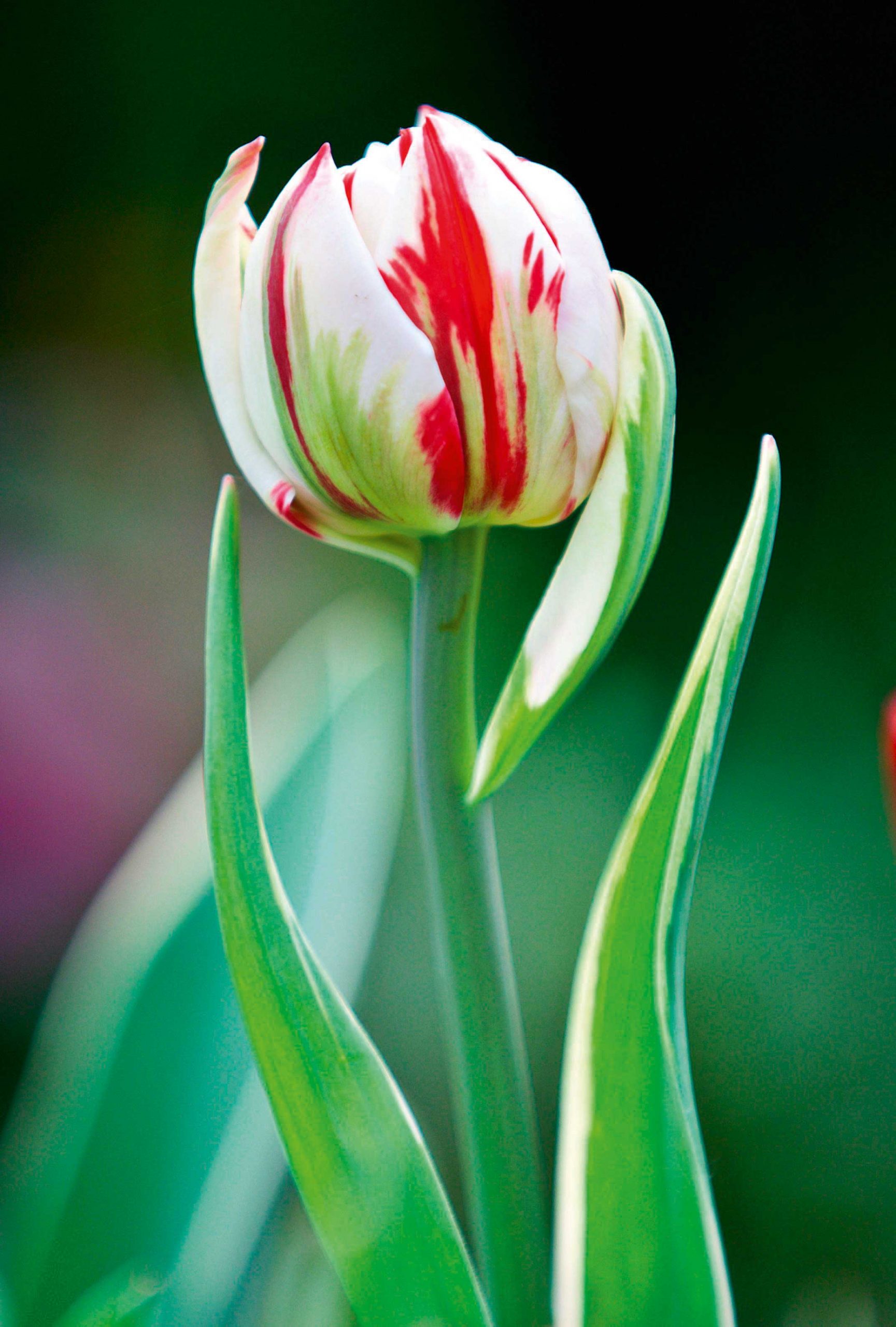
Tulip Carnaval de Nice.
Buy the cheaper Darwin tulips for these mega displays and fill a border to the exclusion of all other plants. You can also wrap these single-variety sweeps around more permanent plantings, such as spring-flowering shrubs — camellias and chaenomeles, for example. They do this at Pashley Manor in East Sussex, a garden that goes from strength to strength and where the standards of maintenance are exemplary. I fell for some 25 or 30 tulip varieties there in April. I can’t afford them all, but white ‘Mondial’ and mauve-pink ‘Synaeda Amor’ were outstanding.
At Chenies Manor in Buckinghamshire, Boo Macleod Matthews likes to mix up several varieties and plant on a grand scale. Her mother-in-law used to place tulips in small groups all around the edge of their sunken garden, but Mrs Macleod Matthews, a savvy garden designer, as well as a trained horticulturist, opts for complementary flowering times and colours.
This year, she blended eight varieties in a sweeping combination of hot colours and dark shades: scarlet ‘Pieter de Leur’, orange-and-purple ‘Prinses Irene’, blackcurrant-purple ‘Havran’, dusky purple-and-orange ‘Hermitage’, tangerine-and-pink ‘Amazing Parrot’, slatey-purple ‘Curly Sue’, yellow-and-orange ‘Avignon’ and purple ‘Ronaldo’. The effect was wonderfully harmonious.
Sign up for the Country Life Newsletter
Exquisite houses, the beauty of Nature, and how to get the most from your life, straight to your inbox.
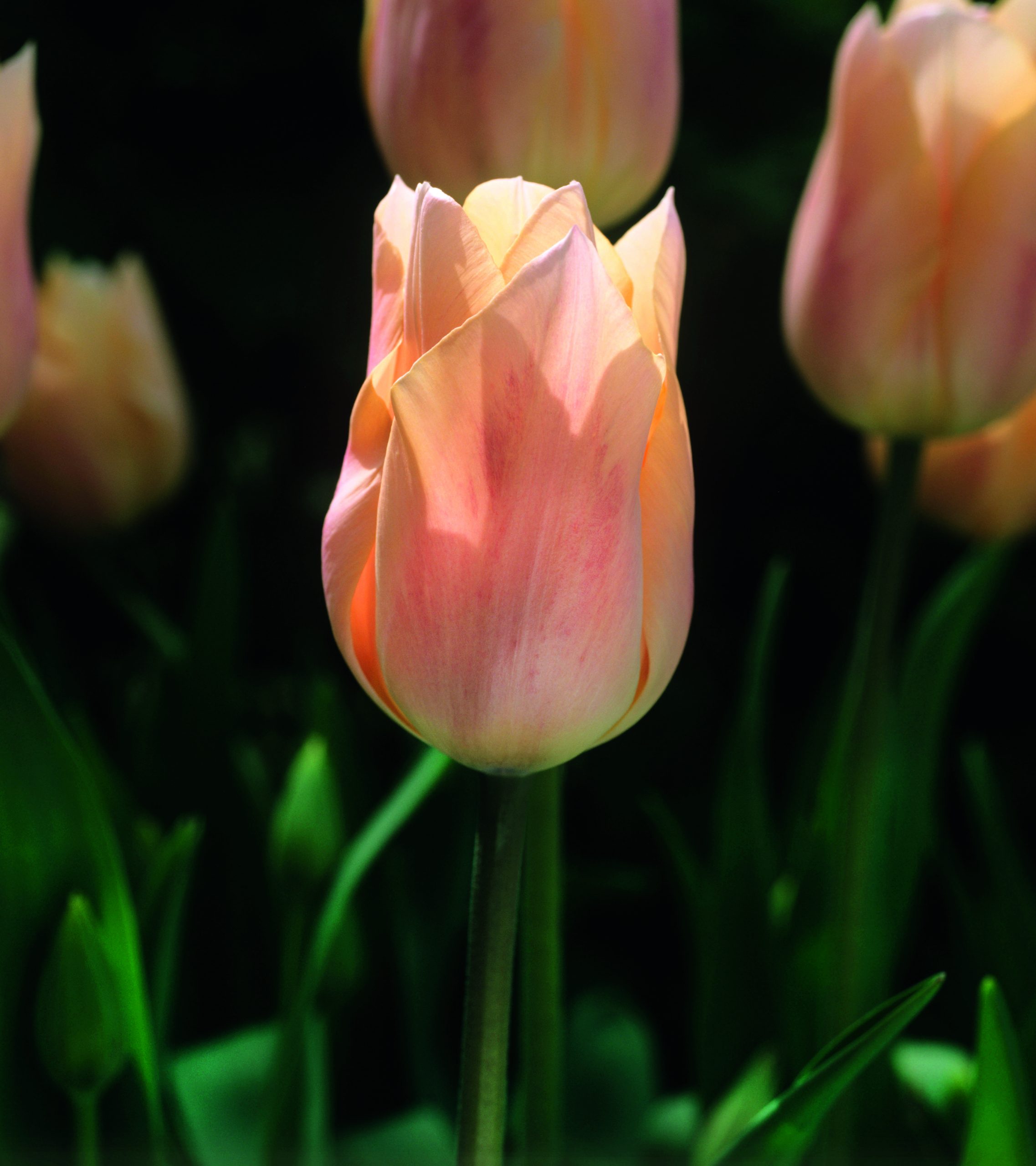
Tulip Apricot Beauty.
At Arundel Castle in West Sussex, I admired the combination of four double-flowered tulip varieties planted together in a very large pot: 10 or 15 each of ‘Purple Dream’, pale pink ‘Angélique’, white ‘Mount Tacoma’ and purplish ‘Blue Diamond’. In a private garden open for the National Garden Scheme, I saw and admired two further combinations that I shall try next year: pink-tipped ‘Flaming Purissima’ with ‘Exotic Emperor’ (white with green feathering) and glowing, pale purple ‘Barcelona’ with ‘Paul Scherer’, which is darkest purple.
At Hampton Court’s Tulip Festival — the first at the property — I saw tulips in small quantities, perhaps no more than 10 at a time, grown in bowls. What a good way to try out a variety and decide whether one likes it enough to grow it again next year in greater quantity. I shall use pots and bowls for some of the wacky florists’ cultivars that are best protected under glass from wind and rain: ‘Wow’ is fully double, dark purple with an outer ring of greeny-white; ‘Ice Cream’ has a blob of long white petals coming out of a purple ‘cone’; and ‘Brooklyn’ is stranger still — a column of white petals turning to green and mounting up, row after row, to a great height.
Which tulips are dependable bloomers year after year? ‘Black Jewel’ and ‘Gavota’ bulk up and form clumps. Dutch experts speak up for ‘Apeldoorn’, ‘Bleu Aimable’, ‘Purissima’ and ‘Abu Hassan’. Species such as Tulipa batalinii, T. bakeri and T. saxatilis will naturalise in a hot, free-draining site, as will their hybrids, including ‘Bronze Charm’ and ‘Lilac Wonder’. Aristocratic T. sprengeri, the last of all tulips to flower, is a prolific seeder and spreader. I would never want to be without it.
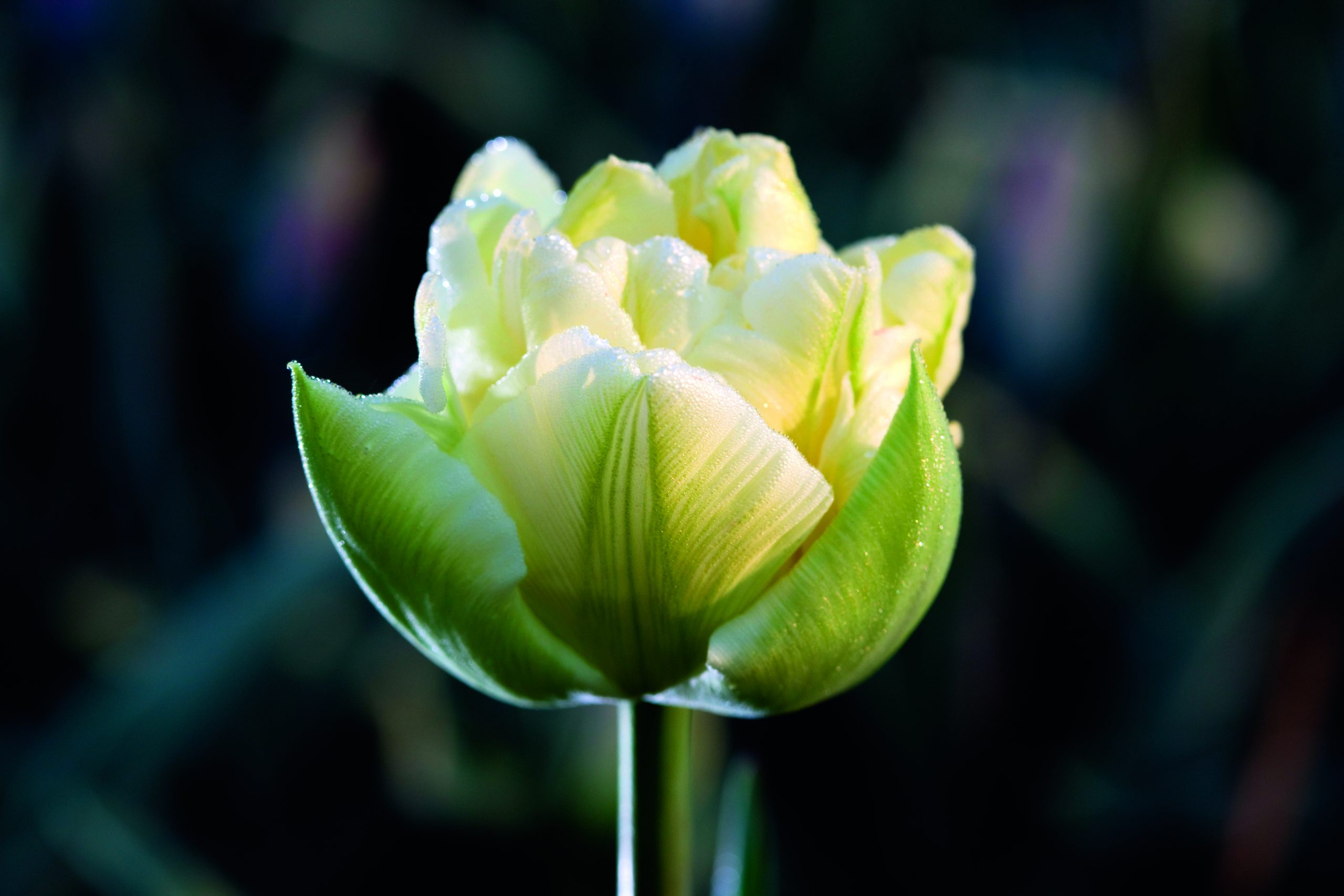
Tulip Verona.
Now is the time to buy bulbs. If you want scented tulips, try ‘Apricot Beauty’, cream-coloured ‘Verona’, orange ‘Ballerina’ (pictured at the top of the page) and ‘Brown Sugar’ — but there are many others. If resistance to tulip virus is important, remember T. fosteriana and such hybrids as ‘Princeps’. If you value unusual leaf colours, you will enjoy the handsome red stripes of T. greigii and its hybrids ‘Red Riding Hood’ and ‘Fire of Love’, whereas late-flowering ‘Carnaval de Nice’ has pink-and-white variegated leaves.
Whatever you choose, never make the mistake, I beg you, of thinking that tulips are anything other than gorgeous, must-have plants.
Charles Quest-Ritson wrote the RHS Encyclopedia of Roses
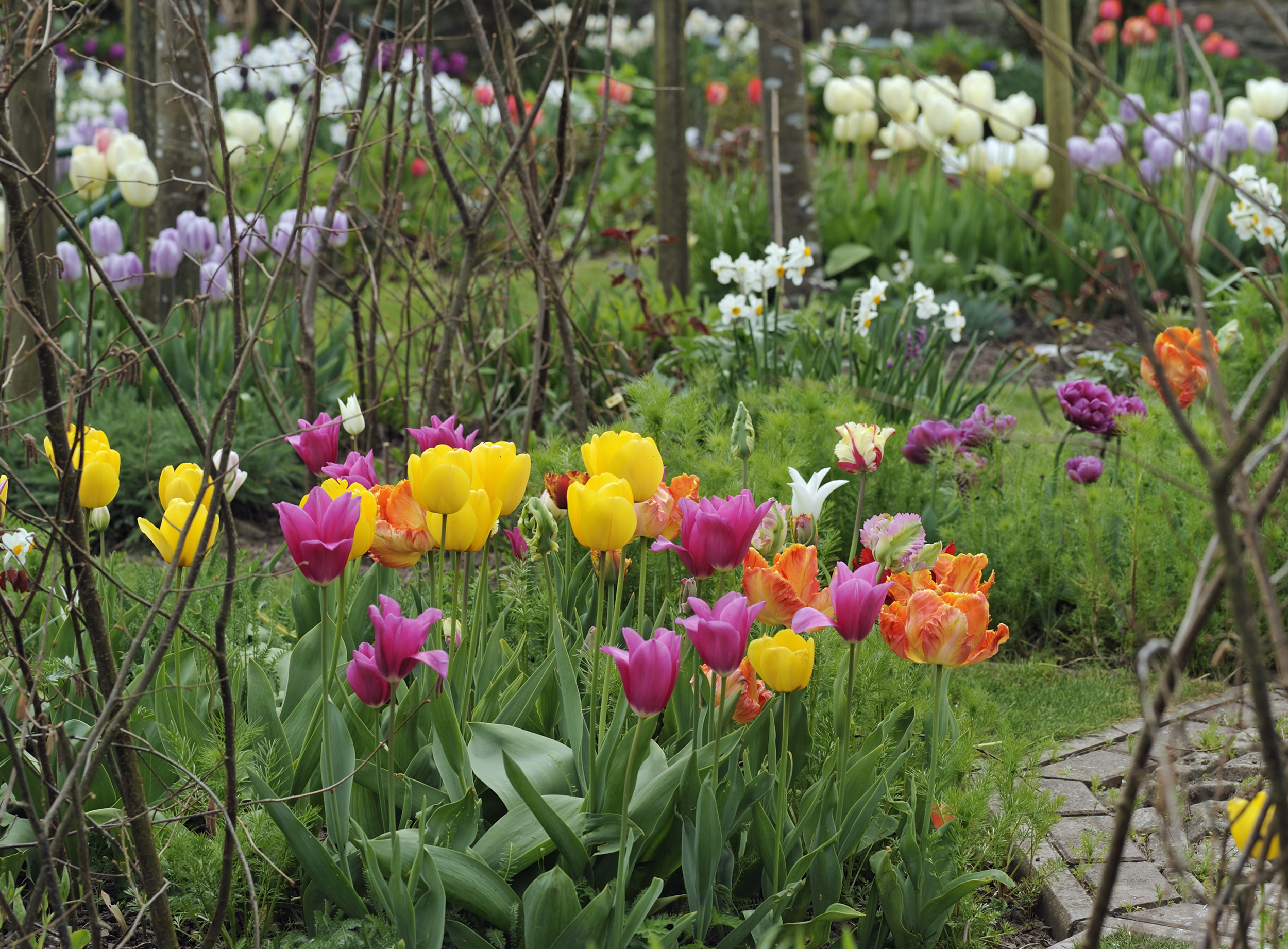
Tulips in a country house garden.
How to grow tulips, by the gardener who creates the incomparable display at Parham Park
Parham Park’s head gardener Tom Brown shares his tips on how to grow tulips.
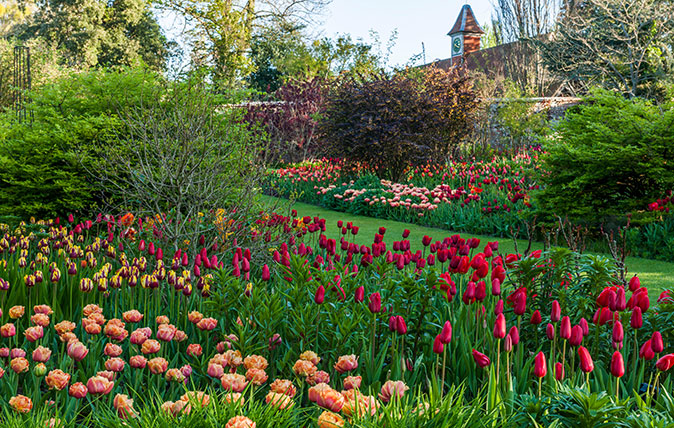
Credit: John Glover / Alamy Stock Photo
Ten simply magnificent photographs of Pashley Manor, Britain's greatest tulip festival
Every year, Pashley Manor's stunning tulip festival attracts people from across the world to enjoy these beautiful blooms in a

Credit: Alamy
Three gardening myths debunked by the ultimate guide: experience
Three gardening myths debunked by the greatest authority of all: Experience
Charles Quest-Ritson is a historian and writer about plants and gardens. His books include The English Garden: A Social History; Gardens of Europe; and Ninfa: The Most Romantic Garden in the World. He is a great enthusiast for roses — he wrote the RHS Encyclopedia of Roses jointly with his wife Brigid and spent five years writing his definitive Climbing Roses of the World (descriptions of 1,6oo varieties!). Food is another passion: he was the first Englishman to qualify as an olive oil taster in accordance with EU norms. He has lectured in five languages and in all six continents except Antarctica, where he missed his chance when his son-on-law was Governor of the Falkland Islands.
-
 'To exist in this world relies on the hands of others': Roger Powell and modern British bookbinding
'To exist in this world relies on the hands of others': Roger Powell and modern British bookbindingAn exhibition on the legendary bookbinder Roger Powell reveals not only his great skill, but serves to reconnect us with the joy, power and importance of real craftsmanship.
By Hussein Kesvani
-
 Spam: The tinned meaty treat that brought a taste of the ‘hot-dog life of Hollywood’ to war-weary Britain
Spam: The tinned meaty treat that brought a taste of the ‘hot-dog life of Hollywood’ to war-weary BritainCourtesy of our ‘special relationship’ with the US, Spam was a culinary phenomenon, says Mary Greene. So much so that in 1944, London’s Simpson’s, renowned for its roast beef, was offering creamed Spam casserole instead.
By Country Life